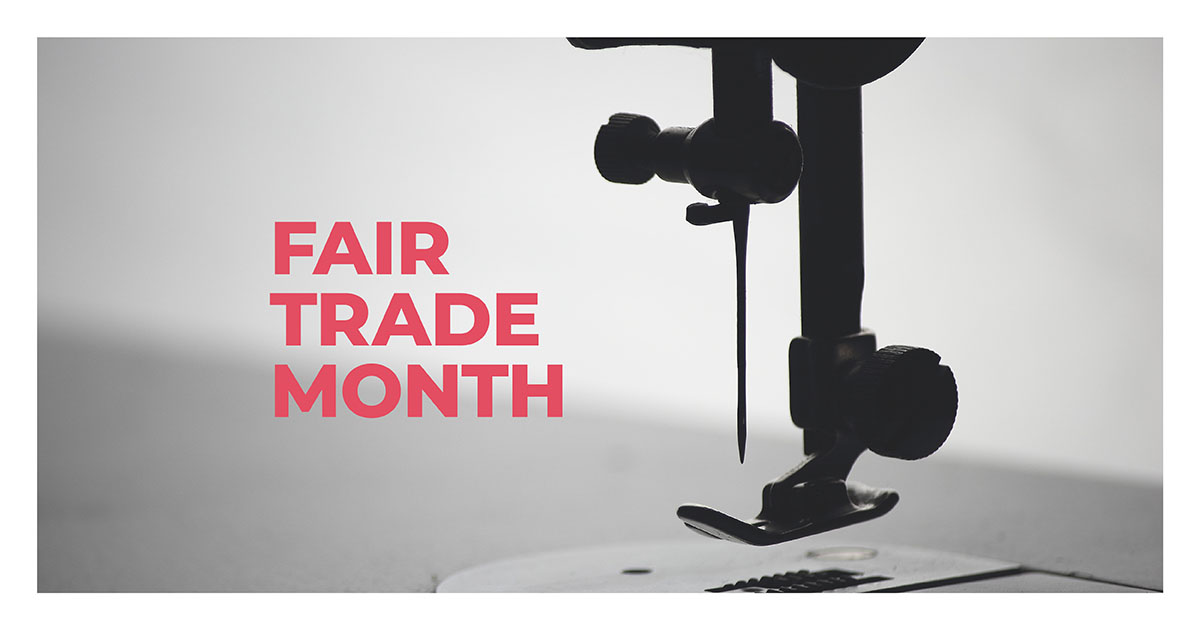As human beings, many share similar paths in life: we graduate high school, go to college, land our dream job, get married, and have children. For the most part, these milestones are achievable, depending on where you live in the world and your circumstances. Throughout our life journey, we accumulate things. However, many of us don’t think about where our possessions come from and who, along the manufacturing chain, is involved in the process. From our garments to the food we eat and the coffee or tea we drink, everything we own comes from a multifaceted web of hard workers. It is through fair trade that we can give a voice to the voiceless workers.
What is Fair Trade?
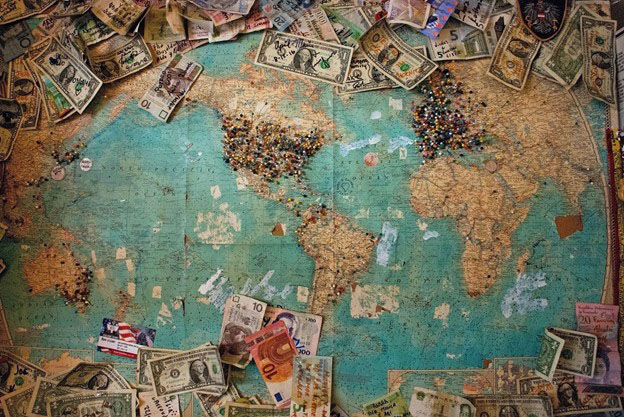 As an idea, fair trade has been around since the 1950s when traveling Europeans and Americans noticed that local farmers and artisans were having trouble keeping up with their businesses. As the locals produced and crafted goods for sale, little profit was being made by those who nurtured and created the products. As the travelers noticed the dynamic of struggling profits, they decided to work together to create a more equitable opportunity for the farmers and craftsmen, establishing the roots for what is known today as fair trade.
As an idea, fair trade has been around since the 1950s when traveling Europeans and Americans noticed that local farmers and artisans were having trouble keeping up with their businesses. As the locals produced and crafted goods for sale, little profit was being made by those who nurtured and created the products. As the travelers noticed the dynamic of struggling profits, they decided to work together to create a more equitable opportunity for the farmers and craftsmen, establishing the roots for what is known today as fair trade.
Today, several fair trade organizations seek to create global standards while being ethical, sustainable, and giving back.
- Fair Trade International, founded in 1997, was formerly the Fair Trade Labeling Organizations International (FLO) that was known for certifying garments and products via labeling. It is the largest and most widely recognized certification body.
- Fair Trade USA, established in 1998.
- Global Goods Partners (GGP), founded in 2005.
- World Fair Trade Organization (WFTO) was established in 1989. This organization developed the FTO mark in 2004, which identifies world fair trade organizations.
- The Network of European Worldshops (NEWS), created in 1994.
- European Fair Trade Association (EFTA), established in 1990.
- FINE, founded in 1998, is a collaboration between FLO, Fair Trade USA, Global Goods Partners, and World Fair Trade Organization. They harmonize standards and guidelines for fair trade, increase quality and efficiency for the fair trade monitoring systems, and support political advocacy for fair trade.
From Farm to Fashion
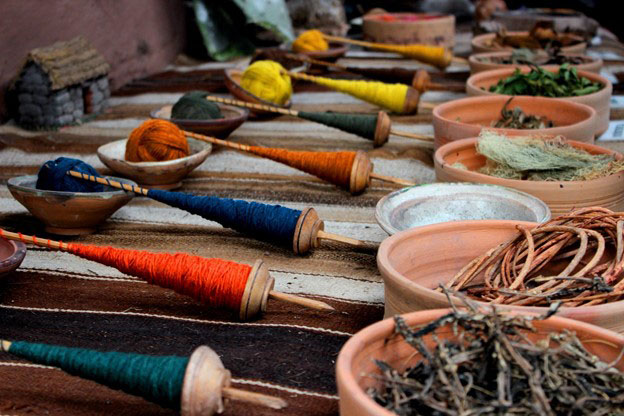 When it comes to creating a garment piece, it goes unsaid about the number of hands it touches and the process it takes. Bret Schnitker, CEO and President of Stars Design Group, said, “It’s amazing how many hands a typical garment goes through from fiber to consumer.” It’s more than just making the garment and putting it on a rack to be sold. There is a long process behind it.
When it comes to creating a garment piece, it goes unsaid about the number of hands it touches and the process it takes. Bret Schnitker, CEO and President of Stars Design Group, said, “It’s amazing how many hands a typical garment goes through from fiber to consumer.” It’s more than just making the garment and putting it on a rack to be sold. There is a long process behind it.
First, farmers grow the cotton from seed, which takes up to 115-125 days in temperatures of 60 degrees Fahrenheit or above. Next, a spinner converts the fiber into yarn for the weavers or knitters, who then create fabric or yarn. During the yarn or fabric stage, a community of dyers adds color to the textile. Then ultimately, the fabric goes to the factory where it is cut and made into clothing.
After the garment is created, importers, brands, wholesalers, agents, and retailers touch it. The final step in the process is when it lands in the consumer’s hands.
When you purchase a garment piece, you typically don’t think about this process and the hard work of hundreds of people who have a hand in making it. From those who work on the farm, on the design, in production, and with delivery, fair trade helps to ensure a better life for those involved.
Fair Trade in Fashion
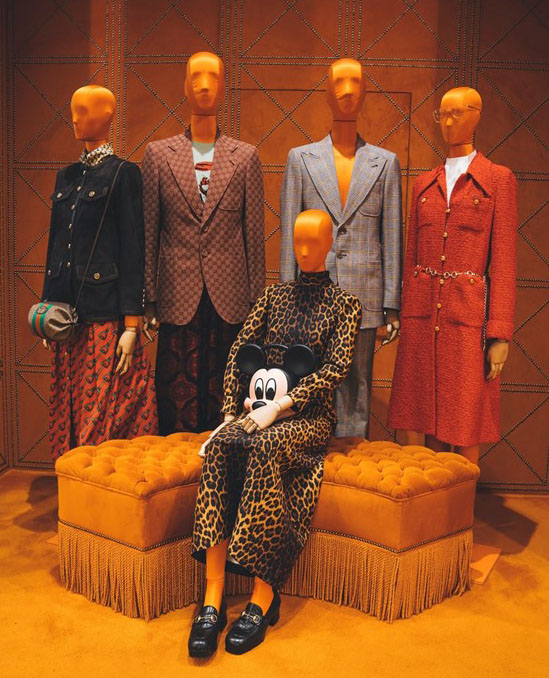 While the fashion industry has made progress toward fair trade by accomplishing a living wage for workers worldwide, we still have a long way to go. In addition to the many fair trade organizations, there have been numerous strides in awareness and governance for workers’ rights through various entities worldwide, including WRAP, BSCI, Better Work, and others. Furthermore, certifications ensure that employers treat workers with respect and dignity, and companies meet the laws and regulations for each country’s pay scale.
While the fashion industry has made progress toward fair trade by accomplishing a living wage for workers worldwide, we still have a long way to go. In addition to the many fair trade organizations, there have been numerous strides in awareness and governance for workers’ rights through various entities worldwide, including WRAP, BSCI, Better Work, and others. Furthermore, certifications ensure that employers treat workers with respect and dignity, and companies meet the laws and regulations for each country’s pay scale.
Our goal is that the foundations these organizations have put into place may someday accomplish the vision that fair trade represents. At Stars Design Group, we have partnered with eight fair trade companies and continue looking for more! If you are interested in fair trade collaboration, please contact us!
How to Become Certified in Fair Trade
Becoming certified in fair trade can take six to nine months. Although the process is lengthy, it is worth the effort because you will make a difference in many lives. The process begins with contacting Fair-Trade America to apply to become certified. After you’re certified, you will receive Fair-Trade stickers to label all your packaging, and voila, you are a certified Fair-Trade partner! If you or your company is interested in becoming certified in fair trade you can get more information here.
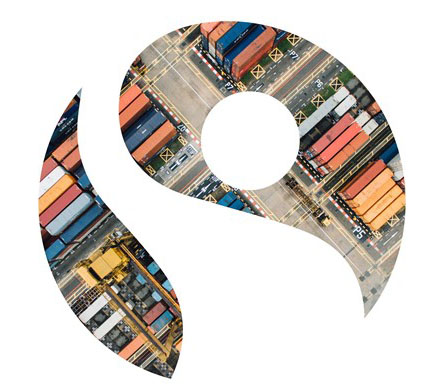 Beyond the Values of Fair Trade
Beyond the Values of Fair Trade
Whether or not you believe ethical and sustainable production is important, everything we do creates an impact on society and the planet. We are all a part of the production web somehow, but it’s wherein the web we are located that differentiates us. The world is a complicated place and having awareness is essential in supporting a healthy global community. We all have the power to make a change in someone else’s life for the better, even as a consumer, and it all starts with awareness. At Stars, we say, “wearness.”
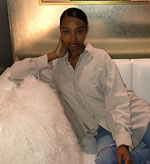 Saba Desta is a graduate from the University of Central Missouri with a degree in Digital Media Production and an emphasis in Digital Journalism. Her passion for creating has landed her an internship at Stars Design Group, where she works as a Marketing Coordinator and Content Curator.
Saba Desta is a graduate from the University of Central Missouri with a degree in Digital Media Production and an emphasis in Digital Journalism. Her passion for creating has landed her an internship at Stars Design Group, where she works as a Marketing Coordinator and Content Curator.
About Stars Design Group: Founded by industry experts, Stars Design Group global fashion design and production house that helps clients bring their apparel to market. We consult, design, and facilitate production and delivery.
Understanding that the apparel industry is about evolution and not revolution, we continue to refine the way the industry does business. Embracing the latest 3D design and development software, we help to refine the design and approval process in a digital landscape, paving the way for rapid decisions and execution of programs while reducing mistakes, improving fit, minimizing returns, and increasing profit margins.
With a network of 67 factories in 14 countries worldwide, our relationships are generations deep. Being diverse in our manufacturing locations, we are nimble in an ever-evolving landscape and provide ethically manufactured apparel and accessories.

